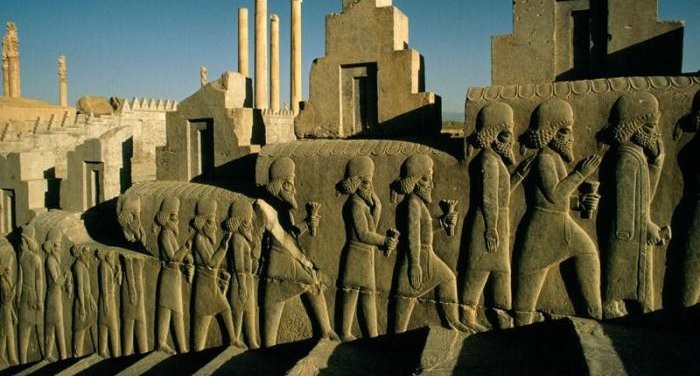Iran, a country with a rich tapestry of history and culture, is an ancient land that continues to weave modern stories. Nestled in the heart of the Middle East, it is a place where the echoes of the past resonate in the bustling streets of the present. From the grandeur of the Achaemenid Empire to the contemporary struggles of a nation seeking its place in the global community, Iran’s narrative is complex, fascinating, and ever-evolving.
Ancient Roots
The story of Iran begins over two millennia ago, with the rise of the Persian Empire under Cyrus the Great. This was a period of unprecedented growth and prosperity, marked by the construction of monumental structures like Persepolis, which served as the ceremonial capital. The empire’s reach extended from the Balkans in the west to the Indus Valley in the east, making it one of the largest empires of the ancient world. The Persian Empire was known for its administrative innovations, including the use of an official language, Imperial Aramaic, and the establishment of the Royal Road, which facilitated communication and trade across the vast empire.
Iran’s ancient history is also intertwined with the spread of Zoroastrianism, one of the world’s oldest monotheistic religions. Founded by the prophet Zoroaster, it emphasized the struggle between good and evil, and its influence can still be seen in Iran’s culture and traditions.
Medieval and Modern Transformations
The medieval period saw the rise and fall of various dynasties, including the Sassanian Empire, which played a crucial role in shaping the cultural and religious landscape of Iran. This era was marked by advancements in art, science, and architecture, many of which were preserved and further developed under the Islamic caliphates that followed the Arab conquest of Iran in the 7th century.
The modern history of Iran is characterized by its struggle for identity and sovereignty. The 20th century witnessed significant upheavals, including the 1953 CIA and MI6-backed coup d’état that overthrew Prime Minister Mohammad Mossadegh, the 1979 Islamic Revolution that led to the establishment of an Islamic Republic under Ayatollah Khomeini, and the Iran-Iraq War that lasted from 1980 to 1988.
Modern Stories
Today, Iran is a country of contrasts, where ancient traditions meet modern aspirations. Despite international sanctions and political challenges, Iran has made significant strides in various fields, including science, technology, and the arts. It boasts a young and dynamic population, with over 60% of its citizens under the age of 30, who are eager to contribute to the nation’s development.
The Iranian diaspora, scattered across the globe, plays a crucial role in shaping the country’s image abroad. Through their achievements in various fields, including academia, business, and the arts, they serve as ambassadors of Iran’s rich cultural heritage and its potential for innovation and progress.
Cultural Treasures
Iran’s cultural landscape is a testament to its enduring legacy. From the ancient ruins of Persepolis to the breathtaking mosaics of the Sheikh Lotfollah Mosque in Isfahan, the country is home to some of the world’s most exquisite architectural wonders. Iran’s cuisine, a blend of flavors from the East and the West, reflects its strategic location as a crossroads of civilizations. And the Persian language, with its rich poetic tradition, continues to be a source of pride and inspiration for Iranians and non-Iranians alike.
Conclusion
Iran’s story is one of resilience and renewal, a narrative that spans millennia yet remains relevant in the 21st century. As the country navigates the complexities of the modern world, it carries with it the wisdom of the ages, a deep-rooted sense of identity, and an unwavering spirit of hope for the future. Iran, with its ancient land and modern stories, continues to captivate the imagination of people around the globe, inviting them to discover the layers of history and culture that make it truly unique.
